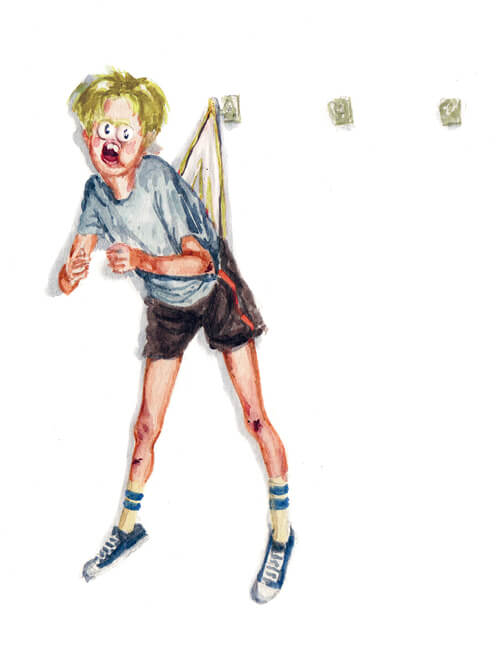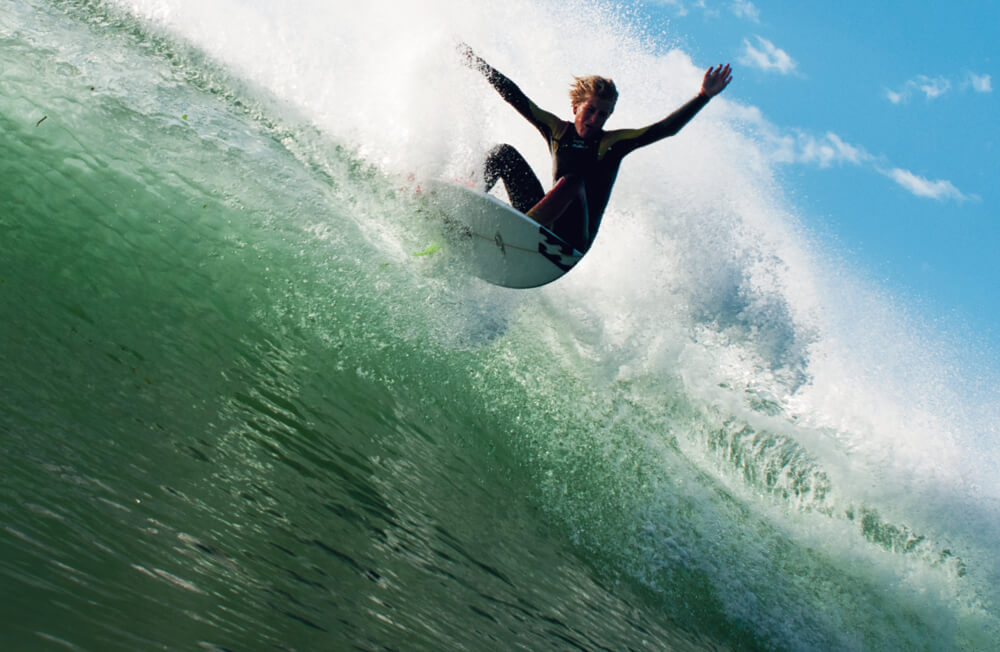The Short History Of Grommets
The business model behind David Attenborough’s documentary empire is a surprisingly simple one. It’s not that people will tune in to watch an eighty-year-old man lying in the tussocks with his arm down the burrow of a seabird. Even if he can give a crisp commentary on mating rituals as he does it, that’s not the hook.
No, the hook is that the young of any species are cute. Adorable tiger cubs. Bumbling baby pandas. Cheeky meerkat pups. We’re genetically programmed to go “aww.” So why is it that when we behold the young of the surfer, we are more inclined to go “Errgh!”?
In part, this is because they are the evidence of our own decline. They’re rubbery, inexhaustible and unaware of their own mortality. Their best barrel, laugh, root and sunset are still ahead of them. Yours are behind you.
But we also shrink with revulsion because they are, let’s face it, gross. One summer, in desperation to stay near the water, I took a job at the backbeach that involved, among other stuff that was actually fun, cleaning the public dunnies. Three mornings in a row I found the seat down and a nut-encrusted turd coiled on top of it. On top of it. And that third morning I came back out, gagging, to find a he-grom, sitting against the brick wall in the warm morning sun, eating a bag of macadamias. Looking straight at me.

Grommets live an anarchic existence, the sole inflexible rule of which is that they must have white-blonde hair. They ride boards that are four foot three. They can eat their own bodyweight in chips. They throw their bikes all over the footpath. (The original French meaning of gromette was ‘curb’, thus explaining their affinity with gutters.) They seem to have endless disposable income. WHERE DOES ALL THE MONEY COME FROM? Another theory as to the etymological origin of grommet is that it comes from the Portuguese term grumete, which refers to the lowliest shit-kicker on a naval vessel. ‘Gromit’ was Wallace’s Claymation sidekick. ‘Grom’ sounds like ‘grem’, giving us ‘gremmie’. More curiously, a ‘grommet’ is something a surgeon installs in kids’ ears to help them drain fluid.
In the mid-nineties adults began organising contests specifically for grommets, in order to ensure they wouldn’t be upstaged in their own contests by the little buggers. Over time, these drew the interest of breakfast cereal brands and retired pro surfers. The groms themselves learned to order their parents to drop them off and immediately exit the carpark, for fear they would burst into fatally uncool spasms of yelling and pointing. Only Charlie remained.
In his Encyclopedia of Surfing, Matt Warshaw lists a grim smorgasbord of humiliations that older surfers will inflict on groms, but then adds that “grommets will be protected if harassed by anyone outside their own beach clan.” (Hang on – there are ‘beach clans’? Someone notify Attenborough.) Deep and serious analysis is devoted year after year to cracking the economics of groms: they hunt in packs, where spending is concerned. There are four and a half million kids under fifteen roaming our wide brown land. But census data reveals that coastal areas – Hawks Nest, Tuncurry, Bribie Island, Victor Harbor – have the oldest median ages in Australia. The youngest medians are nowhere near the surfing coasts. So if you think you’re being swamped by grubs, you’re wrong – you’re being overrun by bream-fishing, sherry drinking, Nationals-voting old coots.
For all things grom related checkout the SW Grom Bash presented by Billabong Bloodlines.
